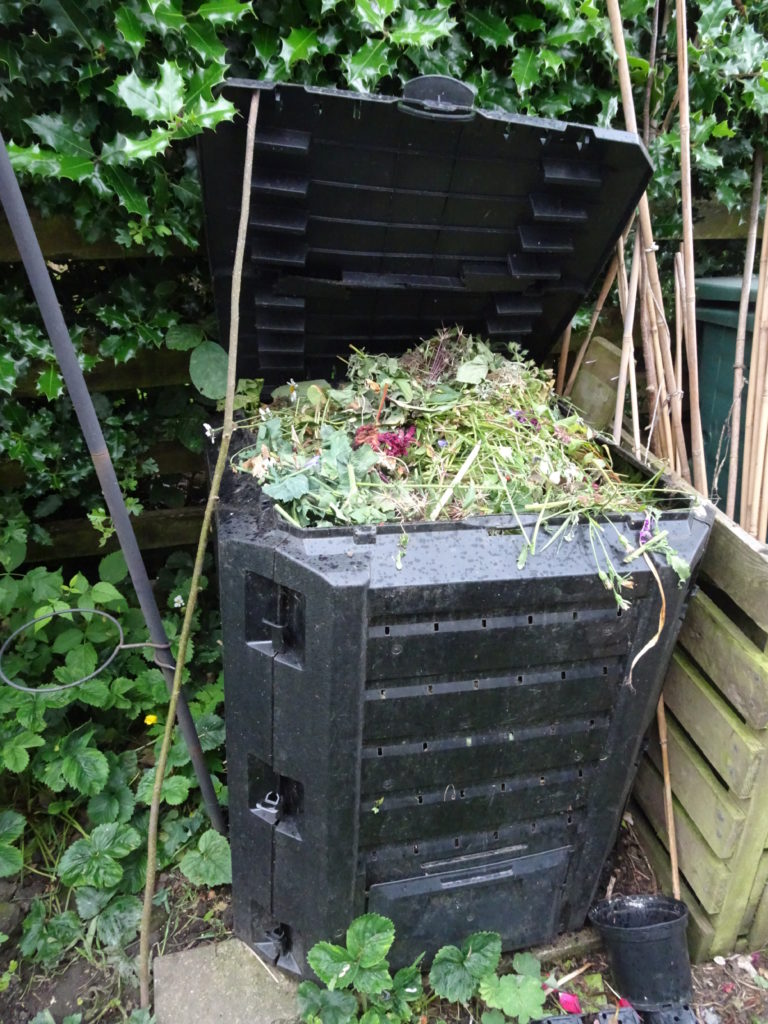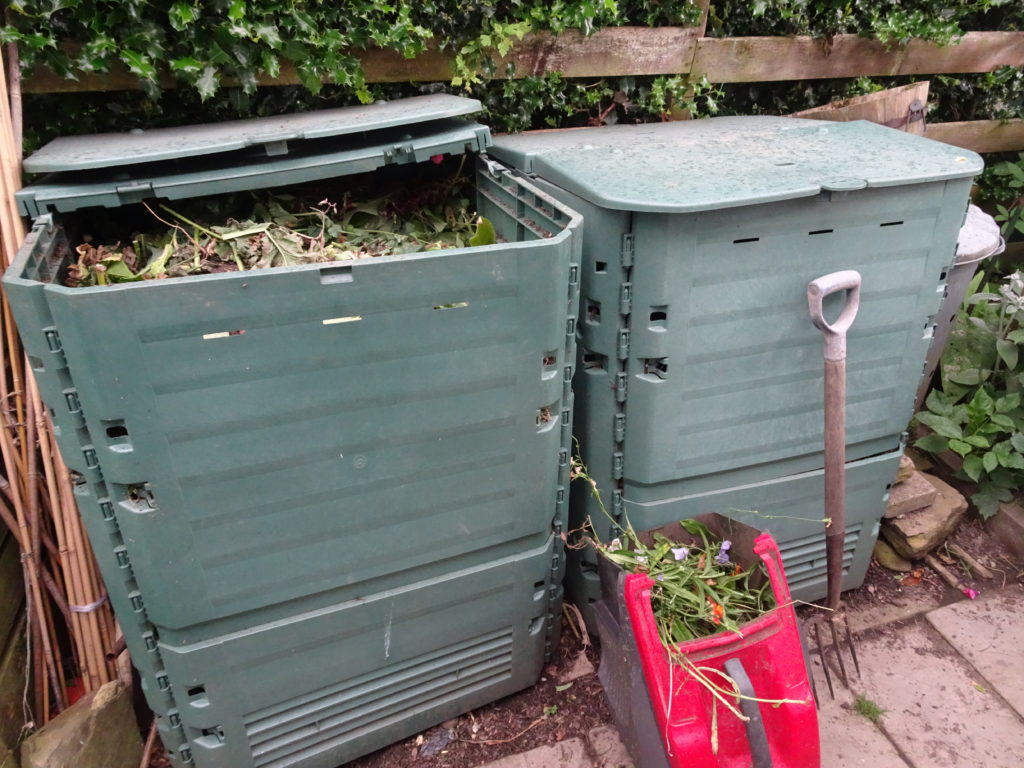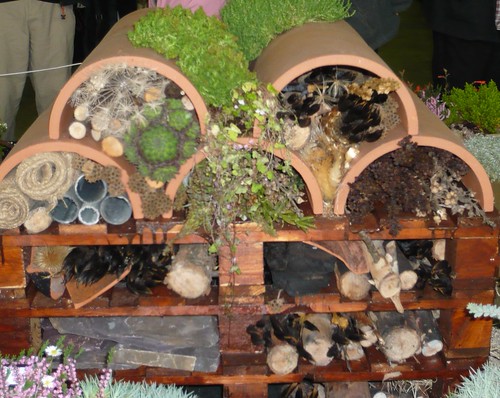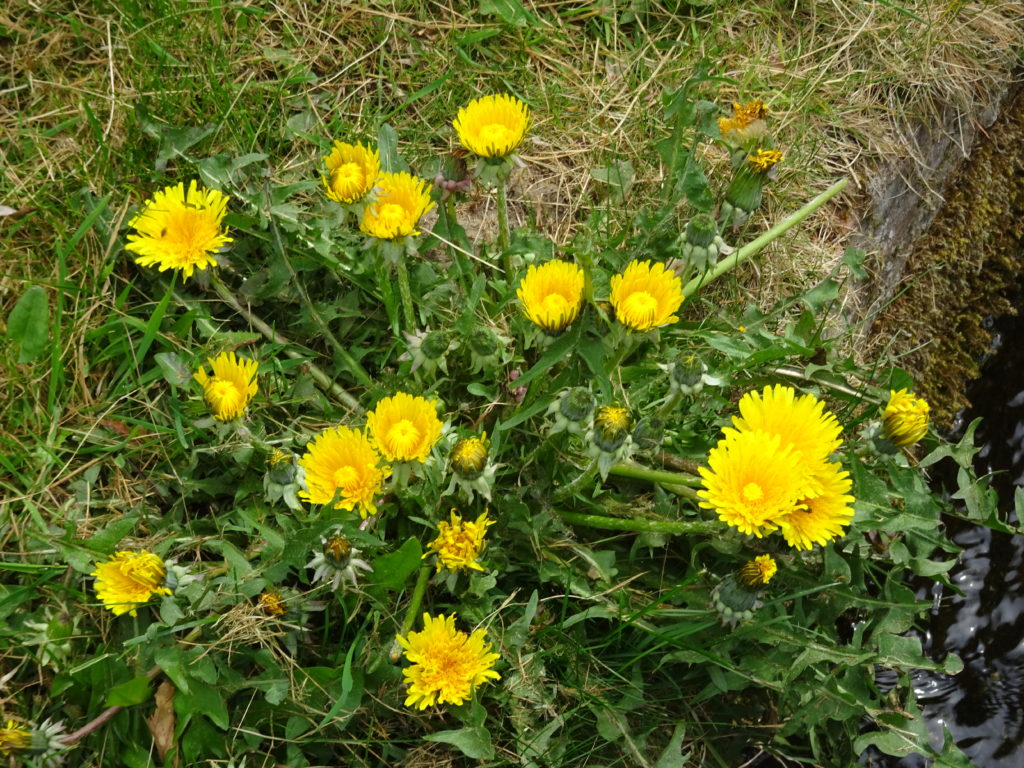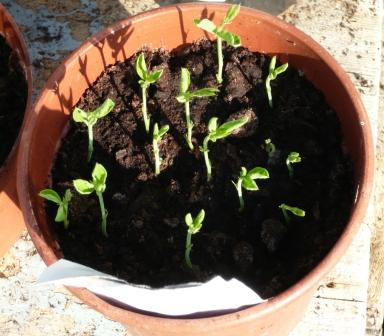Fuchsia from Autumn Cuttings
Fuchsias root very easily and it a simple matter to take cuttings both to increase your stock of plants and to protect them from winter losses.
Cuttings in September & October from Semi-hardwood.
- I think this is the best method for those without a heated greenhouse.
- Cuttings are taken late in the season when the bark has started to harden and ripen.
- Select side shoots 6-10″ long and pull them off with a heel. A heel is a bit of the main stem attached to the base of the cutting.
- Insert the cutting with 4-5 others in a 4″ pot
- If growing several pots of cuttings plunge the pots into a tray of sand to keep them evenly moist and frost free.
Summer Cuttings from Green Tips
- Select cuttings 3″ long with two or three pairs of leaves.
- Cut the shoot just below the point where the lowest leaves join the stem. Trim off the 2 lower leaves and pot 2″ apart.
- If taken in July, pot on the rooted cutting before winter. Do not worry if they loose there leaves in winter they will regrow from February.
Spring Green Tip Cuttings
- Similar to summer cuttings they should be treated in the same way.
- Pot on as soon as rooted in about 2-4 weeks.
- Keep in gentle heat, shade from sun and gradually ventilate.
- Stop the plants at 4 pairs of leaves to get bushy growth and flowers from June and the rest of summer.
Short Tip Cuttings in Heat January – March
- This is the method used by our local nursery.
- Overwintered plants are pruned by removing all green shoots. Then syringed with tepid water once a day to induce dormant buds on the old wood to shoot.
- When new shoots have 3 pairs of leaves take the cutting leaving one pair of leaves behind.
- Pot in a 3″ pot with 2-3 other cuttings and place in a propagator.
- After rooting 10-14 days very gradually allow air to circulate.


